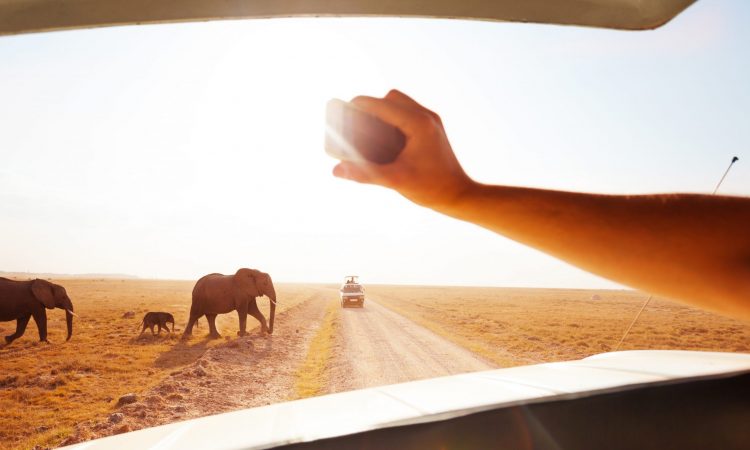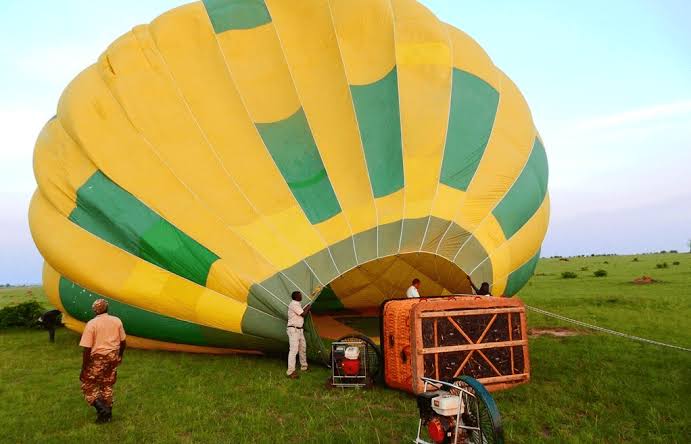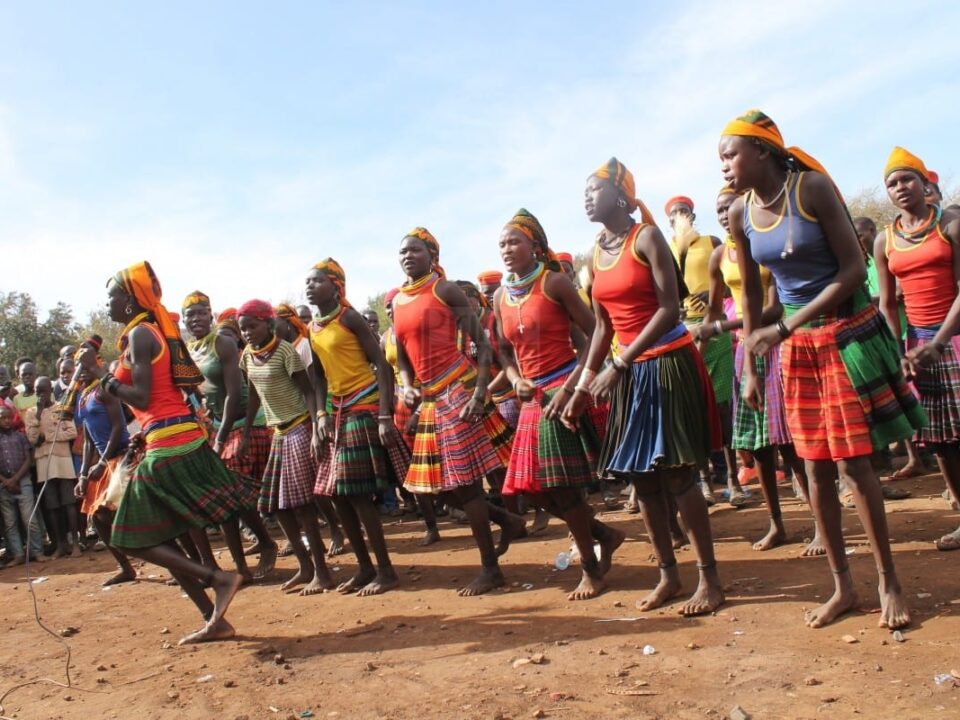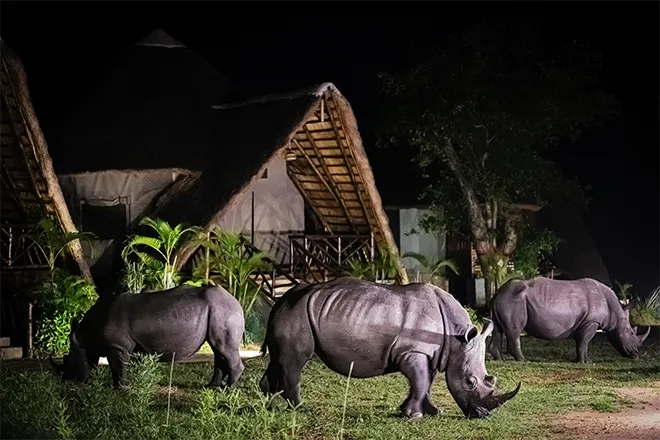- GET IN TOUCH WITH US:
- +256 753518160
- +256 777842166
- info@experiyatourcompany.com

What’s the best SIM card for tourists in Kenya?
November 20, 2025
What’s the best airline to fly into Nairobi?
November 20, 2025How Reliable Is Wi-Fi in the Bush?
For many travelers planning a safari in Kenya or anywhere across East Africa, one practical question always comes to mind: How reliable is Wi-Fi in the bush? In an age where communication, navigation, business, entertainment, and social sharing depend heavily on internet connectivity, knowing what to expect can shape how you prepare for a trip. Yet safari experiences take you into some of the world’s most remote wilderness areas—stretches of savannah, acacia woodlands, riverine forests, and vast conservancies far removed from the reach of city infrastructure. Understanding how Wi-Fi works in these environments, how dependable it is, and what alternatives exist will help you experience the bush with both clarity and confidence.
Safari lodges and tented camps have made tremendous progress over the past decade in improving connectivity. Even in remote locations such as the Maasai Mara, Amboseli, Samburu, Tsavo, and private conservancies, lodges now understand that guests often want to stay connected at least part of the time. However, the level of reliability varies greatly depending on factors like lodge category, geographical location, weather conditions, and available signal boosters. When stepping into the bush, it is helpful to approach Wi-Fi with realistic expectations and a sense of balance between digital needs and the off-grid magic of safari life.
Wi-Fi Availability in Safari Lodges and Tented Camps
Most midrange and luxury safari lodges today offer Wi-Fi, but the connection often comes with limitations. In many properties, internet access is provided only in shared spaces such as the main lounge, dining area, or reception. This is partly for logistical reasons—signal distribution is easier in central buildings than across individual tents—and partly to preserve the wilderness experience by reducing screen distractions in guest rooms.
Some high-end lodges do offer Wi-Fi in tents or cottages, but even then, connectivity may fluctuate depending on network strength. In very remote camps, Wi-Fi may be turned off during certain hours to conserve power, especially if the lodge relies on solar energy or generators. While many travelers embrace this digital detox, others need consistent access for work or communication, so it helps to choose your lodge accordingly.
How Safari Lodges Provide Wi-Fi in Remote Areas
Providing Wi-Fi in the bush is not as straightforward as installing broadband or fiber connections like those found in cities. Instead, lodges depend on a combination of technologies to deliver internet to guests. The most common method is mobile network routing, where a router uses the strongest available mobile network signal to create a Wi-Fi hotspot. This means that the quality of Wi-Fi is directly tied to the quality of mobile network coverage in that area.
In regions with strong Safaricom or Airtel coverage, such as many parts of the Maasai Mara and Amboseli, Wi-Fi tends to perform relatively well. In remote areas like Samburu North, the Chyulu Hills, the Laikipia wilderness, or the deep Tsavo conservancies, mobile signal strength may be weaker, resulting in slower Wi-Fi speeds or occasional dropouts. Some lodges use satellite connections as a backup, but satellite can be slower and more expensive, often leading to restricted usage policies.
Factors That Influence Wi-Fi Reliability in the Bush
Several factors influence how well Wi-Fi works in remote safari destinations. The location of the lodge is the most significant factor. Camps closer to major towns or telecom towers naturally enjoy stronger signals. Those deep within conservancies or far from roads may require powerful signal boosters, which still cannot guarantee fast speeds.
The type of technology used also plays a role. Routers that rely on 4G networks will perform better than those reliant only on 3G or satellite. The number of users logged into the system can also affect performance. During peak hours, when many guests upload photos or make video calls simultaneously, the connection may slow notably. Weather can occasionally affect network signal as well, particularly during heavy rains or storms.
The lodge’s power system matters too. Camps that run on solar may need to conserve energy, limiting Wi-Fi operating times. Meanwhile, larger lodges with full-time generators may offer more continuous connectivity.
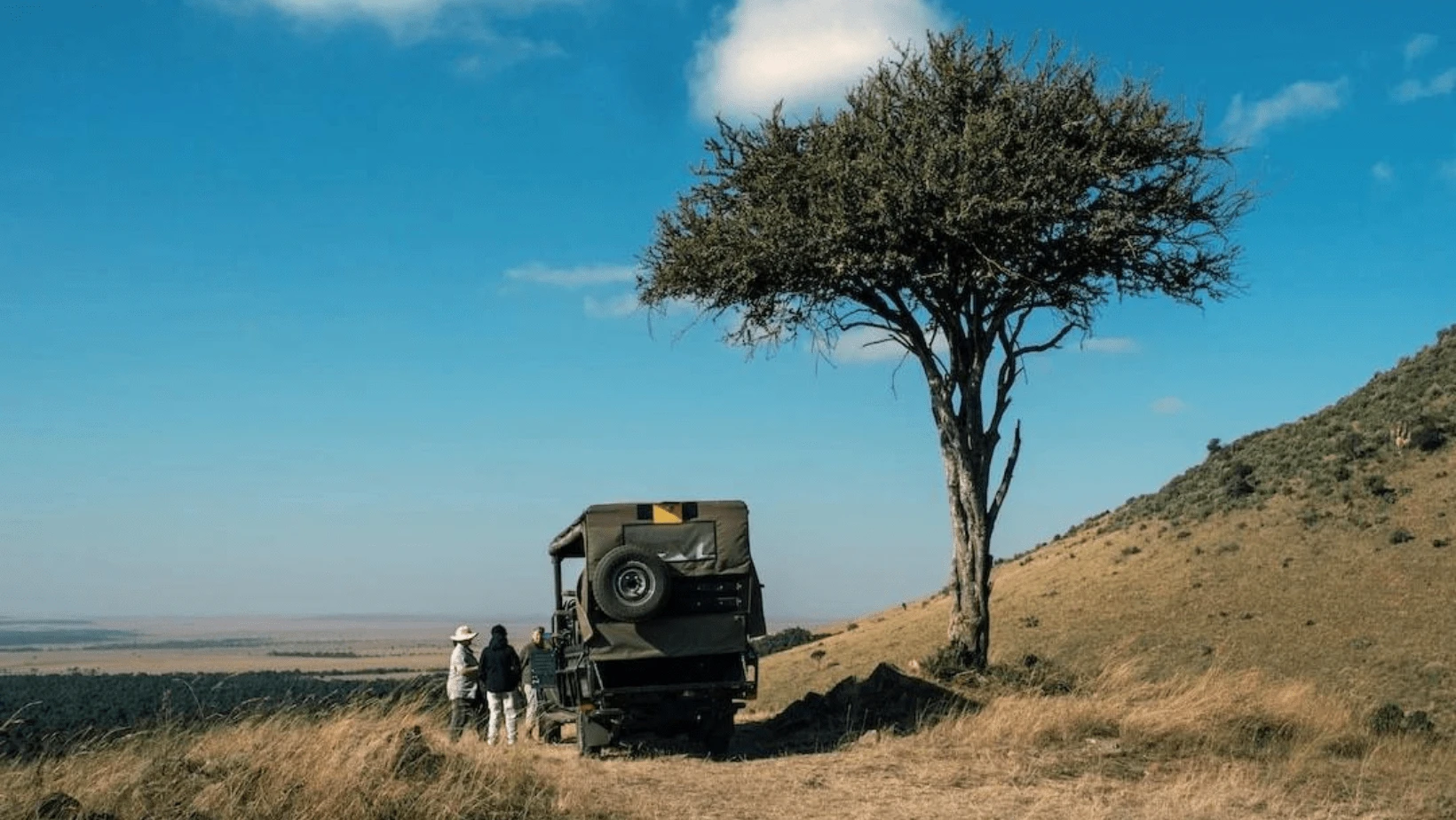 What Wi-Fi Can and Cannot Handle in the Bush
What Wi-Fi Can and Cannot Handle in the Bush
Bush Wi-Fi is generally suitable for light activities such as checking emails, browsing webpages, chatting over messaging apps, and uploading a few photos. Most travelers find it adequate for keeping in touch with family or checking travel arrangements. However, expecting city-level speeds is unrealistic. Streaming high-definition videos, downloading large files, or participating in bandwidth-intensive work meetings may not be practical in most safari locations.
Video calls sometimes work, but they can be unstable, particularly during evenings when more guests are accessing the network. Social media browsing is generally possible, although uploading numerous high-resolution photos may take longer than expected. Many travelers choose to wait until they reach Nairobi or Mombasa before uploading full albums or conducting data-heavy tasks.
Mobile Data as a Reliable Complement to Bush Wi-Fi
In many safari destinations, mobile network data can be surprisingly stronger than lodge Wi-Fi because a direct mobile signal often bypasses shared bandwidth limitations. Purchasing a Kenyan SIM card from Safaricom or Airtel before heading to the bush can provide stronger connectivity, especially if your device supports 4G in rural regions. Safaricom remains the best provider for safari areas due to its extensive coverage.
Using mobile data allows travelers to stay connected even while on game drives. Many guides rely on mobile networks for communication, which is why having your own SIM becomes a practical backup. While mobile data may not be available in every corner of every park, it is often more reliable than expected—especially in the Maasai Mara, Amboseli, Naivasha, and large parts of Tsavo.
Adjusting Expectations for a Wilderness Experience
While it is natural to want constant connectivity, the safari environment encourages a slower rhythm. Many travelers find that reduced screen time allows them to be more present and engaged with their natural surroundings. The sounds of birds at dawn, the rustling of elephants through the acacia trees, and the star-filled skies at night have an unmatched tranquility—a refreshing contrast to digital life.
The slight limitations in Wi-Fi offer an unexpected gift: moments of quiet reflection, deeper connection with nature, and meaningful conversations with fellow travelers. Still, it is reassuring to know that connectivity is available when you truly need it, even if not at ultrafast speeds.
Preparing for Limited Wi-Fi During Your Safari
A few simple steps can make your safari experience smoother while managing potential connectivity limitations. Before leaving Nairobi or Mombasa, download offline maps, travel documents, guidebooks, and entertainment. Enable automatic photo backups only when on strong Wi-Fi to avoid consuming your mobile data. Inform work contacts or family members that you may be offline at certain times. If you rely heavily on digital communication, consider bringing a portable power bank to ensure your devices stay charged during long game drives. These small measures help you enjoy your safari without worrying about connectivity issues.
How Wi-Fi Reliability Varies Across Different Safari Destinations
Different parks and conservancies offer different levels of connectivity. The Maasai Mara, one of the most visited parks, has relatively dependable network coverage in popular areas, making Wi-Fi better in many lodges. Amboseli, Tsavo East, Tsavo West, Lake Nakuru, and Ol Pejeta Conservancy also enjoy moderate to strong coverage. Remote areas such as parts of Samburu, Meru National Park, the Matthews Range, and private wilderness camps may have weaker or more inconsistent connectivity. Understanding your specific itinerary helps set realistic expectations about your Wi-Fi experience.
The Future of Wi-Fi in the African Bush
Connectivity in Africa is evolving rapidly. Safaricom and Airtel continue expanding their 4G and 5G networks, reaching even remote regions. Advances in satellite internet and solar-powered signal boosters are making wilderness Wi-Fi more reliable with each passing year. Many lodges are upgrading their technology to meet guest expectations without compromising sustainability. Although challenges remain, the future promises stronger and more widespread bush connectivity than ever before.
Travel with Confidence and Clarity
When planning your safari, choosing a knowledgeable and professional tour operator ensures you know exactly what to expect at each lodge, including Wi-Fi reliability. Experiya Tour Company provides detailed guidance, personalized itineraries, and firsthand insight into the connectivity levels of every destination on your route. Their team helps you plan effectively, travel confidently, and enjoy a seamless safari experience.
If you want a safari that blends comfort, clarity, wilderness immersion, and thoughtful planning, booking your travels with Experiya Tour Company is highly recommended.

